
First-person shooters have been incredibly influential on gaming, constantly improving graphics, realistic physics, and online multiplayer experiences with each new generation of consoles and PCs. The games listed below weren’t just popular – they pioneered key features like accurate aiming, realistic reloading, special character abilities, and large-scale online battles. They also built passionate communities and thriving esports scenes that continue today. Whether through immersive single-player stories or competitive team-based gameplay, these games left a lasting impact on the genre, and their influence can still be seen in modern releases. Here’s a look back at some of the most important shooters that redefined how the genre looks, feels, and plays.
20. Far Cry 3

Ubisoft really perfected its open-world style in this game, featuring a lush tropical setting filled with bases to capture, animals, and plenty of crafting options. Players could customize how they played through skill trees focused on stealth, weapons, and movement. Enemies weren’t static – they patrolled areas and reacted to being discovered, making sneaking around or causing distractions important. Plus, a map editor and arcade challenges kept the game fun long after finishing the main story.
19. Battlefield 3
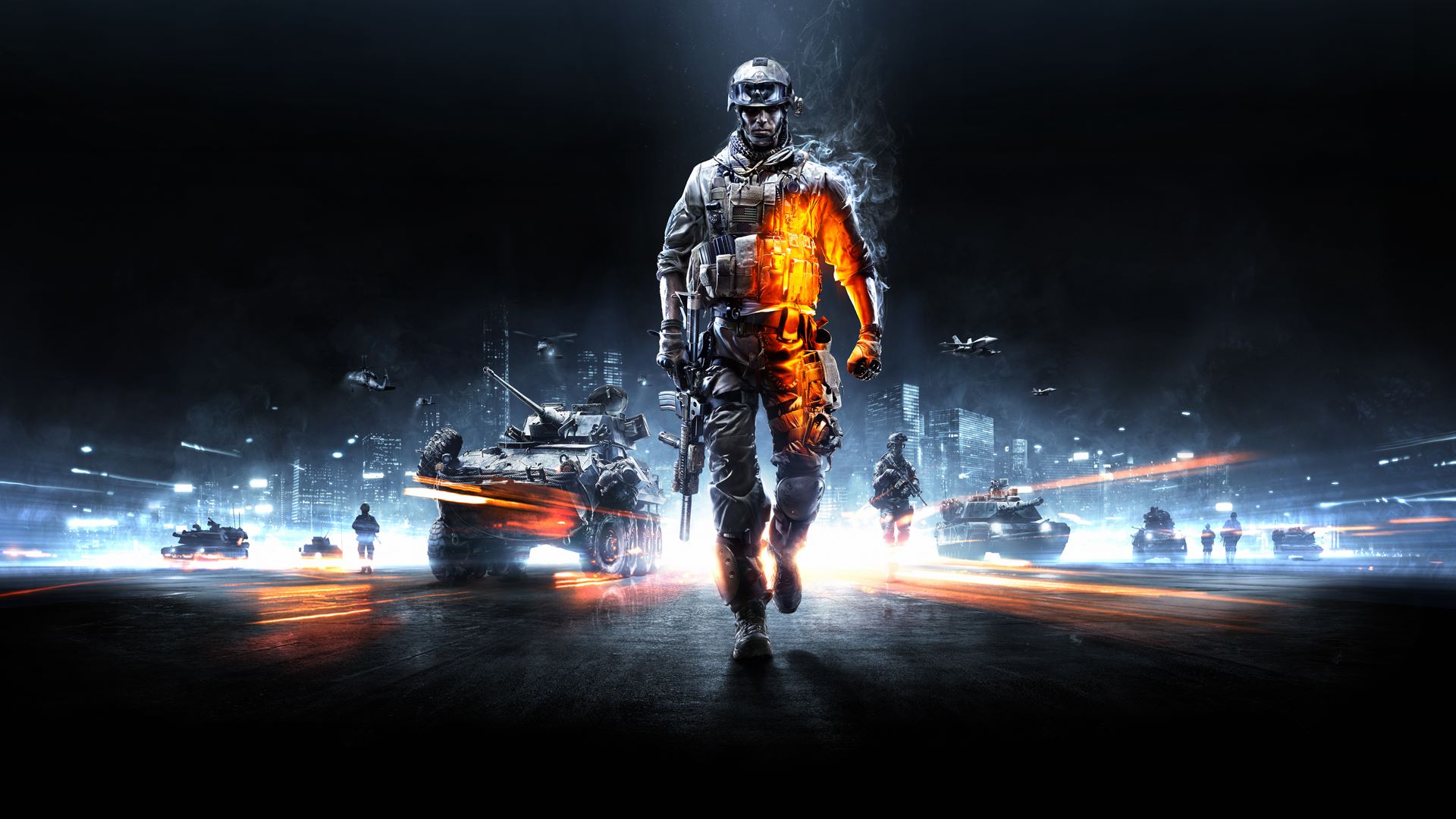
This installment became popular thanks to its large-scale battles featuring ground and air vehicles on both PC and consoles. The enhanced ‘Destruction 2.0’ feature allowed players to dynamically alter the battlefield by destroying walls and creating new lines of sight. ‘Battlelog’ provided a platform for tracking player statistics, forming social groups, and organizing matches. Improvements to the audio and animation systems made weapon recoil feel more realistic, while features like suppressing fire and squad-based revives became key elements of teamwork.
18. Doom Eternal
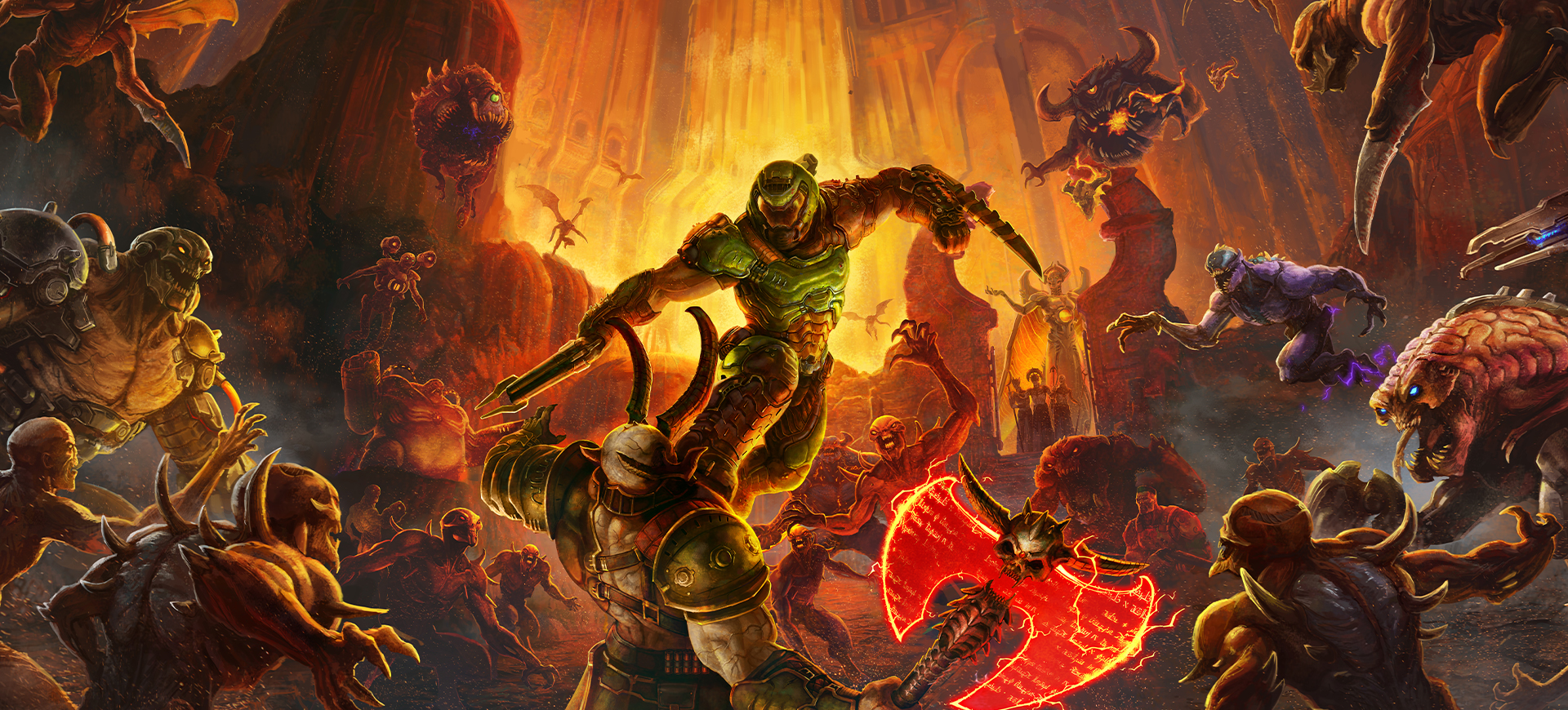
DOOM’s gameplay cleverly linked combat to resource gathering: performing ‘glory kills’ restored health, the chainsaw provided ammunition, and the ‘flame belch’ replenished armor. Level designs promoted fast-paced action with features like jump pads and monkey bars, while targeting weak points was key to defeating tougher demons. The game also offered weapon modifications with alternate firing modes, allowing players to effectively counter different enemies. For skilled players and speedrunners, Ultra Nightmare and master levels presented significant challenges to test their abilities.
17. Apex Legends

Apex Legends’ innovative ping system let squads communicate important information – like where to find loot, enemy locations, and planned routes – without needing to use voice chat. The ability to revive fallen teammates using respawn banners added a new layer to the battle royale experience. Each character, or Legend, offered special tactical and ultimate abilities that went beyond just shooting, focusing on movement and controlling the battlefield. Consistent updates with new maps, temporary game modes, and adjustments to gameplay kept the game fresh and constantly changing.
16. Overwatch
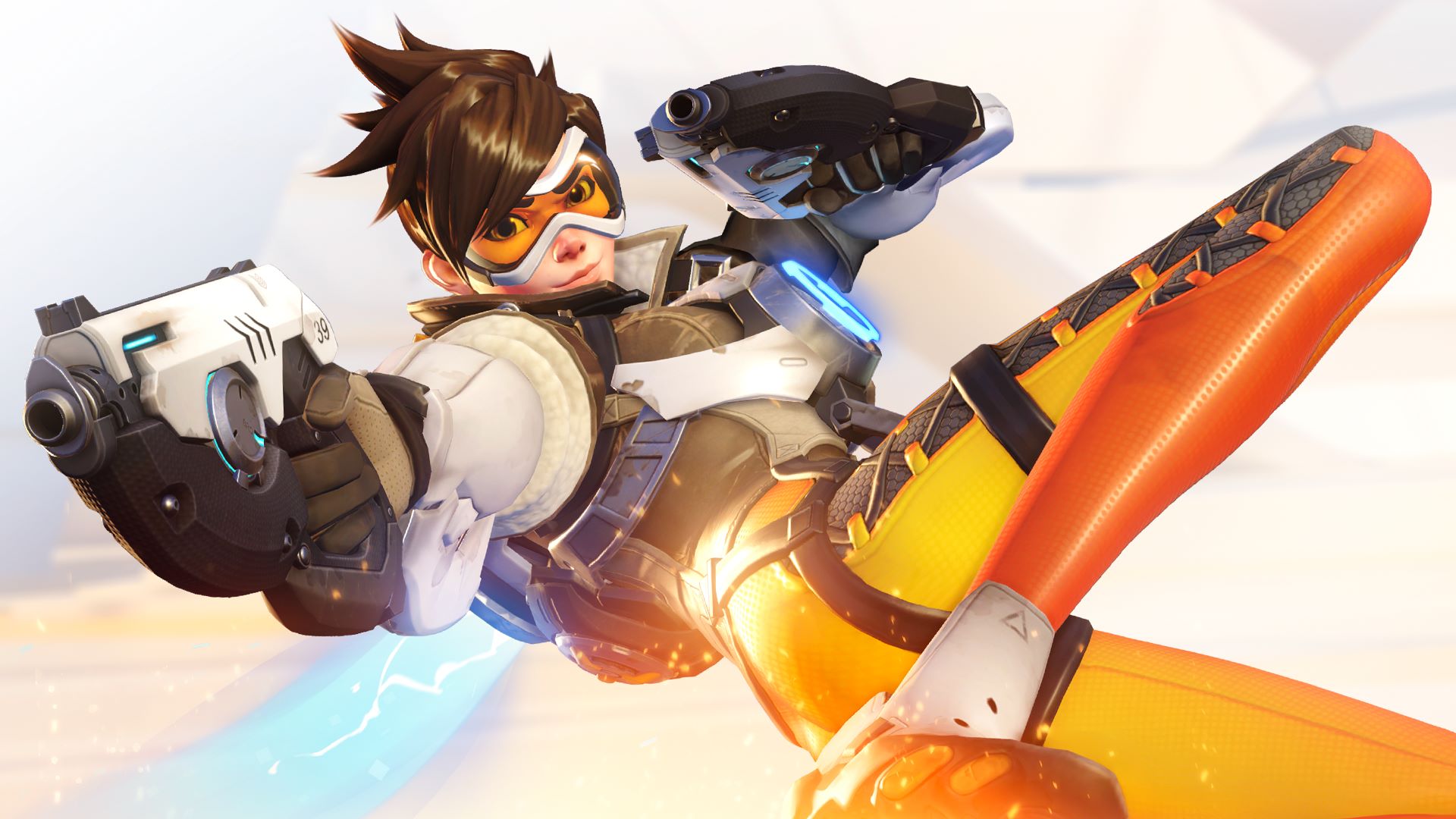
Overwatch, Blizzard’s team-based shooter, pitted two teams of six against each other in matches focused on completing objectives. Players chose heroes with different roles – like protecting teammates, dealing damage, or providing healing – and used unique abilities such as shields, movement skills, and powerful ultimate moves to dominate the map and control key areas. Maps often featured narrow passages, advantageous high ground, and required teams to strategically manage their ultimate abilities. Regular events and a ranked competitive system gave players ongoing goals to work towards.
15. Tom Clancy’s Rainbow Six Siege

Each round of the game focused on environments players could destroy and rebuild, with walls, floors, and hatches being key targets. Players chose from a variety of unique characters with special tools like drones, cameras, and traps, adding a layer of strategy to the gunfights. Success wasn’t just about aiming; careful scouting and teamwork with these tools were crucial. The game was constantly updated with new characters and maps, and older content was adjusted to keep things fair and balanced.
14. Titanfall 2
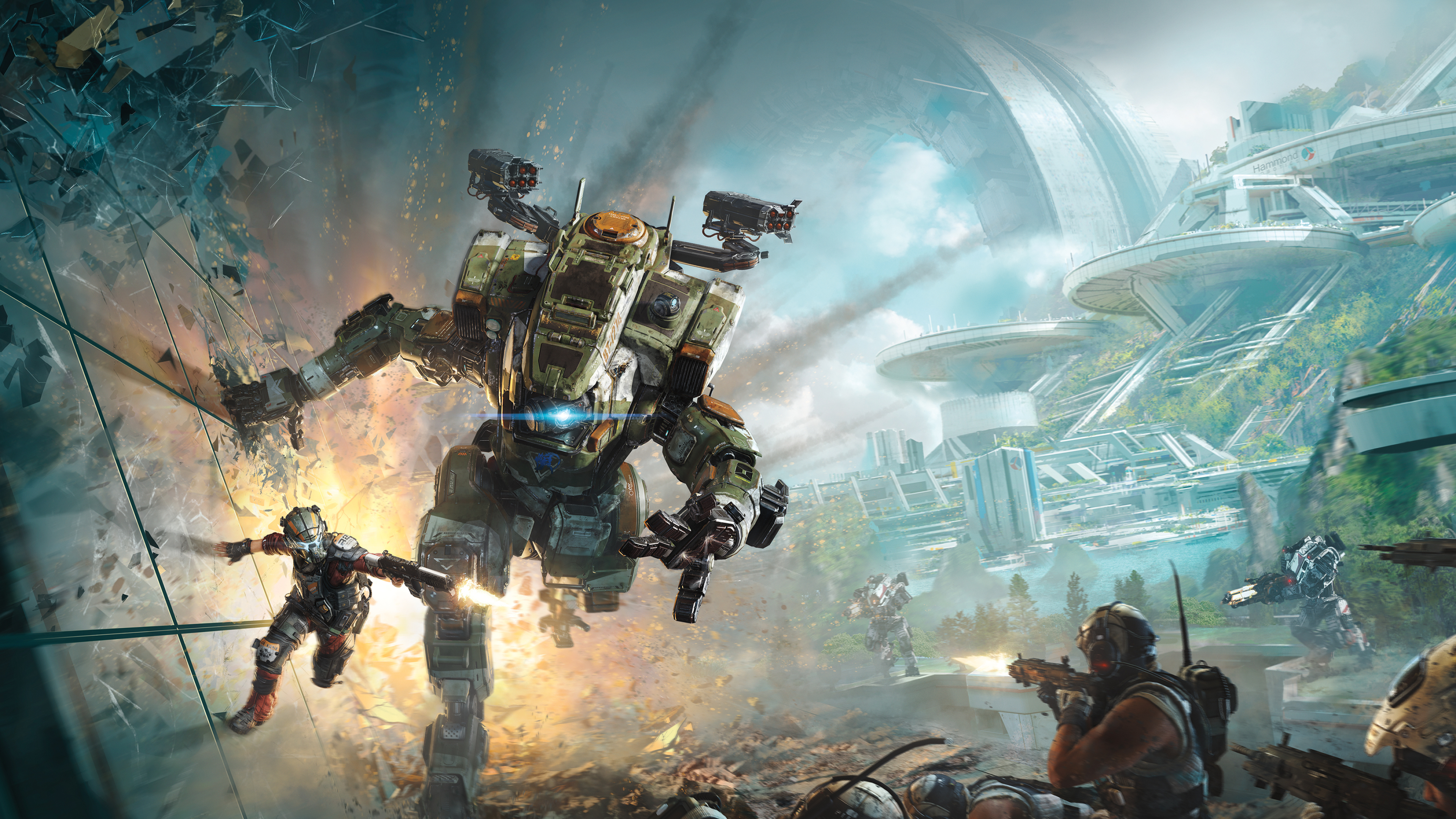
This game featured fast-paced movement with pilots who could run on walls, slide, and use grappling hooks, and they could also call in powerful Titans for a boost in combat. The single-player story mode had levels built from reusable parts, with puzzles involving time manipulation and platforming integrated into the action. In multiplayer, a mode called Attrition combined player-controlled pilots with computer-controlled enemies to maintain a consistent pace. Players could customize their loadouts and gear to excel in both close-quarters combat as a pilot and large-scale battles with Titans.
13. Wolfenstein 3D
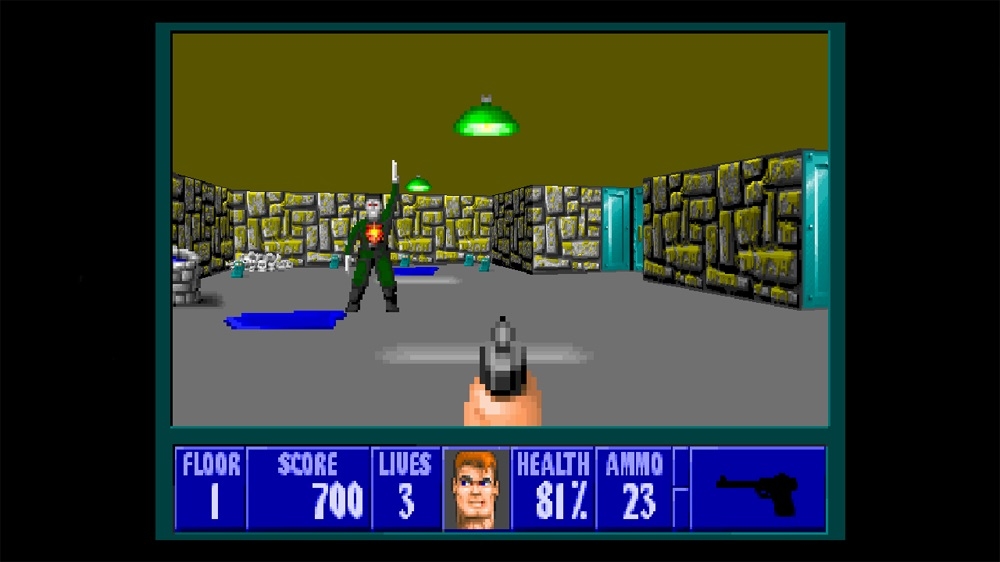
Id Software’s early game was a breakthrough, bringing fast-paced action to home computers. It featured straightforward maze-like levels and enemies made of sprites. Players learned to navigate using weapons like the chaingun and by finding keycards. Because the first part of the game was released as shareware, it became very popular and encouraged players to create their own modifications. The game’s efficient engine was also a key step in the development of more advanced 3D shooters with textures.
12. GoldenEye 007

Man, playing this game on the N64 with friends was epic! It was the first time I really experienced split-screen deathmatches at home, and being able to customize weapons and levels was a huge deal. What I really loved was that the missions weren’t just about finding keys – they actually made you think and use gadgets, and sometimes even sneak around. The way the controls were set up and the aim assist felt so natural, it pretty much set the standard for how console shooters play even today. And once you beat the game, unlocking cheats and trying to beat the best times kept you coming back for more. It was seriously addictive!
11. Destiny 2
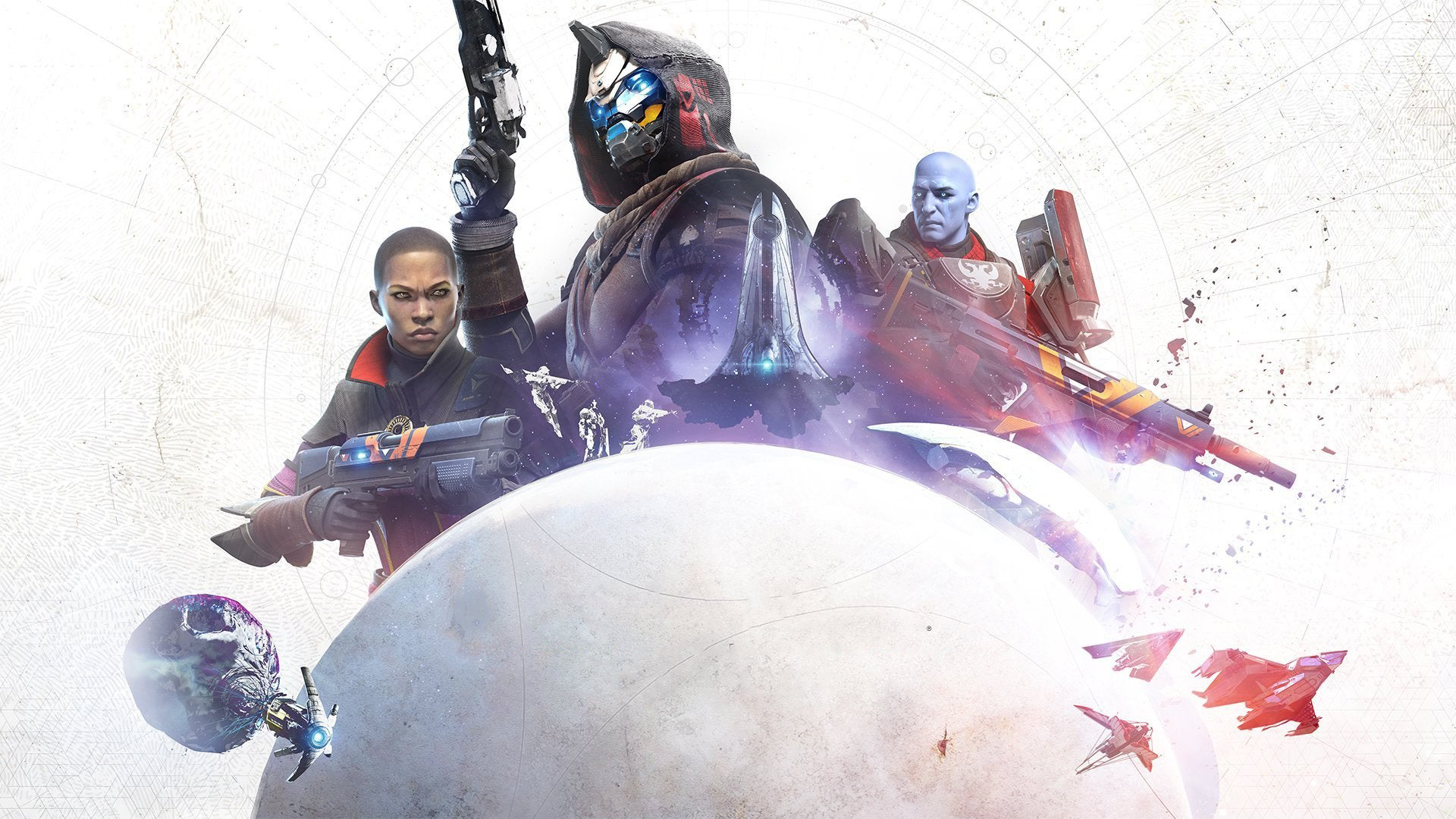
Bungie’s game blended fast-paced, accurate shooting with challenging team-based raids. Regular seasonal updates introduced new customization options, temporary events, and goals for players to increase their power. The game’s character building system allowed players to combine armor abilities with weapon traits for powerful effects. Features like cross-play and the ability to customize a character’s appearance encouraged players to continue playing on different platforms and invest in their accounts.
10. Left 4 Dead 2

In Valve’s games, an AI system carefully watched how players were doing and how quickly they were moving to create challenging encounters by spawning enemies and items at just the right moments. Cooperative campaigns included unique, intense events that required teamwork and strategic defense. The versus mode allowed players to control powerful infected creatures with special skills, making it dangerous for lone players to wander off. The game also supported modifications, letting players add new campaigns, gameplay variations, and even adjust the game’s balance, which kept the experience fresh and engaging.
9. Team Fortress 2

Okay, so this shooter was really cool because you could instantly tell who everyone was on the battlefield – each of the nine classes had a super clear look. It was all about teamwork, especially in the main modes like Payload and Capture Point. There were these awesome ‘Uber’ abilities and sentry guns that created big, predictable moments where one team would get a huge advantage. What I really loved was how you could customize your weapons and change how you played your class, but it never felt like you were losing what made that class special. And the community kept it alive for years with custom servers, silly hats you could make, and tons of new maps!
8. Halo 3

As a huge Halo 3 fan, I always loved how it perfected aiming with controllers – it just felt right. They really nailed the two-stick aiming and the way the game helped you aim. Plus, being able to play with up to four friends, both locally and online, was a game-changer! But what really blew my mind was Forge mode. Being able to edit maps and create totally custom games was incredible. And Theater mode? Genius! I spent hours watching my matches, sharing clips with friends, and trying to figure out how the pros did it. They even added cool equipment like bubble shields and power drainers, which meant you could actually counter vehicles and those super powerful weapons – it made every match feel different and strategic.
7. Metroid Prime

Retro Studios reimagined classic exploration and revisiting areas by bringing them into a first-person perspective, complete with a targeting system and the ability to scan for background information. The game world was connected by elevators and obstacles that required specific suits or beam upgrades to overcome. Special visor modes, like thermal and x-ray vision, created extra puzzles within the environments and during boss fights. The game kept the on-screen display clean and relied on details within the world itself to tell the story, rather than using traditional waypoints or markers.
6. BioShock

As a huge fan, what really grabbed me about this game was how it let you combine these awesome plasmid powers with regular guns – it made every fight feel like a puzzle where you had to figure out the best elemental combinations. And Rapture itself was like another character! You could hack things, control security bots, and use the environment to your advantage if you bothered to prepare. There was even a choice system with the Little Sisters that changed some things, though it didn’t mess with the core gameplay. What really drew me into the world, though, was how they told the story – through audio logs and just the way the levels were designed. It felt like you were uncovering the secrets of Rapture as you explored.
5. Halo Combat Evolved

The first Halo game really defined what first-person shooter combat could be, with its limit of two weapons, shields that recharge, and exciting battles built around using grenades. The game’s levels were large and open, allowing for vehicle use and different ways to approach each fight. From the very beginning to the end, players could enjoy the campaign together through local split-screen or network play. Plus, the combination of the pistol, sniper rifle, and plasma weapons created a simple but effective system of strengths and weaknesses that players quickly understood.
4. Call of Duty 4 Modern Warfare
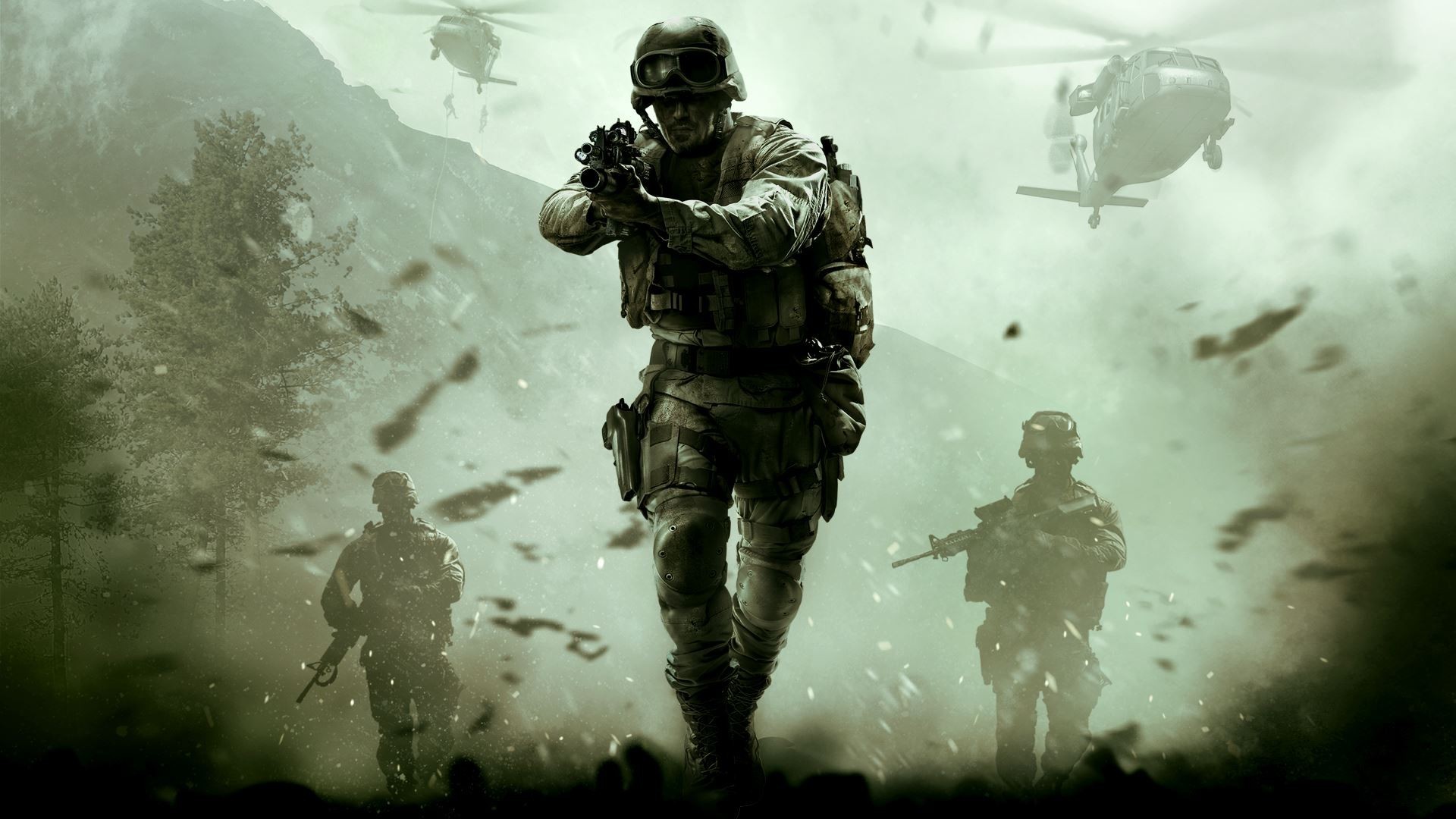
This update added a system for customizing classes with special abilities and rewards earned through performance, changing how players advanced and experienced matches. Weapons favored accurate aiming and quick eliminations, making strategic positioning and map awareness crucial. The story mode guided players through new gameplay elements, such as night vision and identifying enemies, using impressive scripted sequences. To keep players engaged long-term, additional maps and a prestige system were added after launch.
3. DOOM
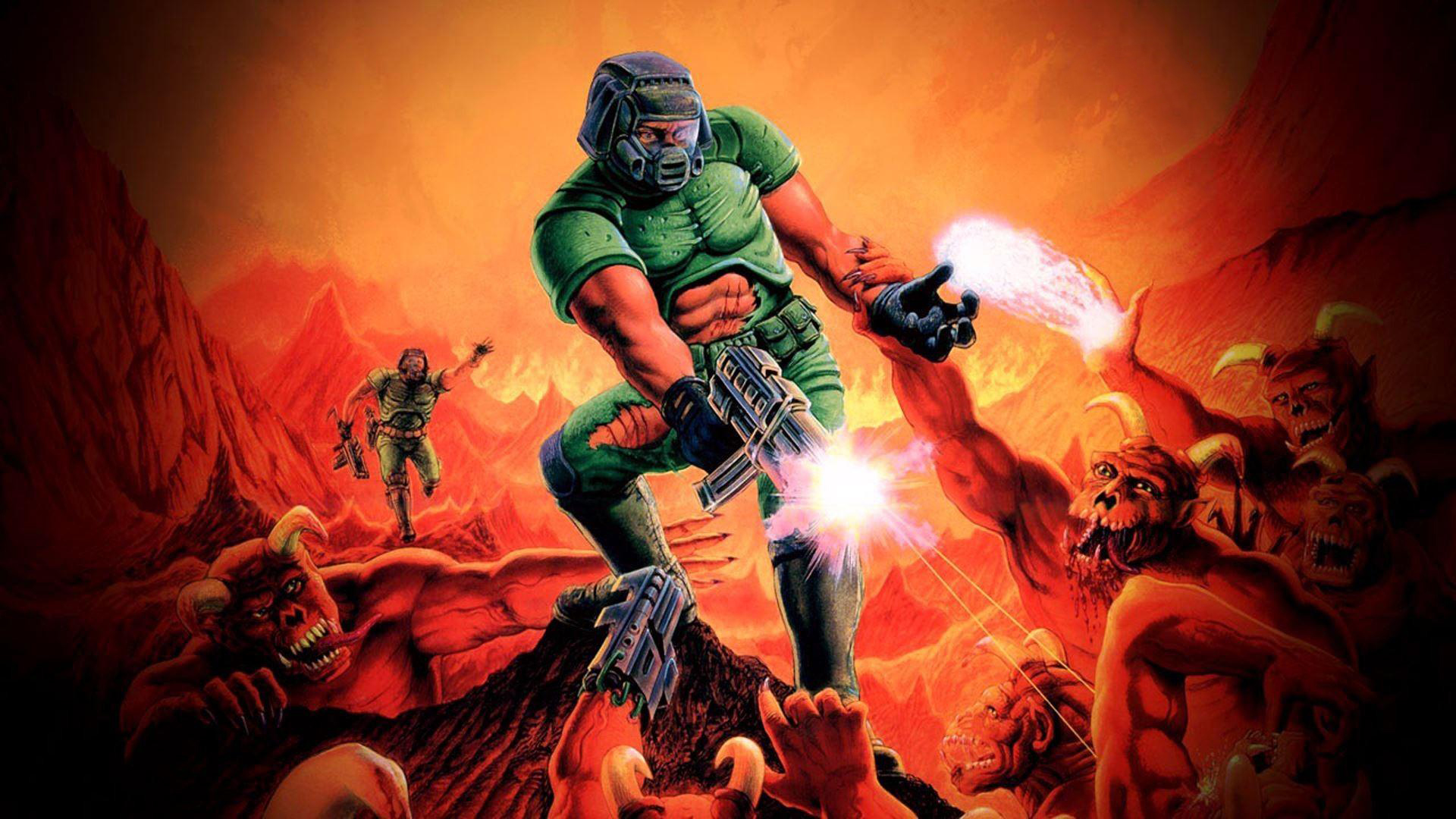
Id Software’s classic game was known for its fast pace, challenging searches for keys, and complex, maze-like levels that players mastered through memorization. The game’s files were easily modified, allowing fans to create entirely new experiences and share them with the community, keeping the game fresh for years. It also pioneered online deathmatch gameplay through local networks and dial-up connections. Players had to learn the behaviors of diverse enemies and master dodging attacks while quickly switching weapons to survive.
2. Half-Life
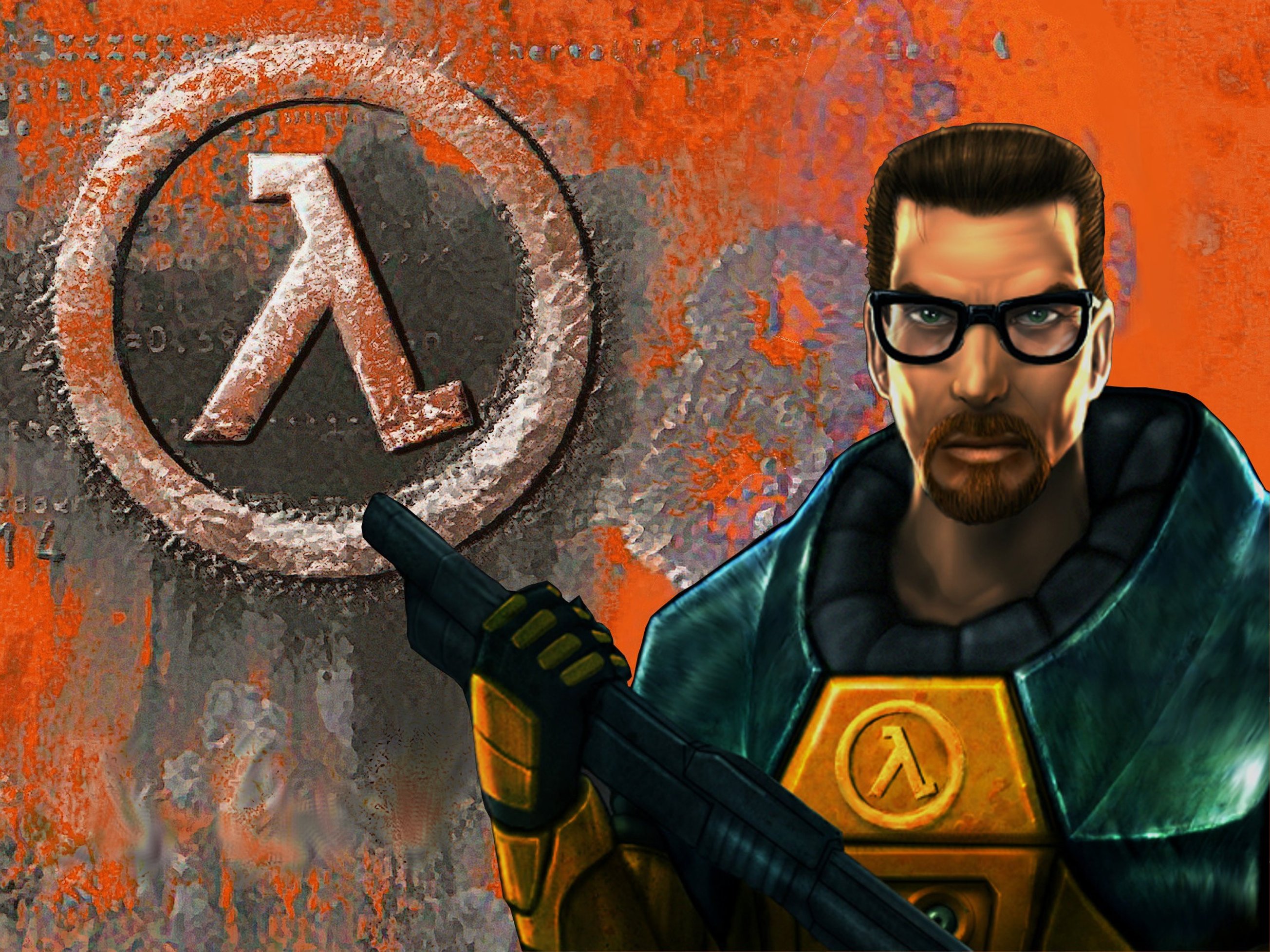
Valve designed levels with built-in events to avoid using cutscenes, allowing players to stay in control at all times. Enemies worked as a team, using strategies like flanking and throwing grenades to force players to keep moving. Puzzles were built into the environment, using physics and dangers to create challenges without switching away from the first-person perspective. The tools provided for creating modifications, or ‘mods,’ led to some fan-made projects eventually becoming full, independent games.
1. Half-Life 2
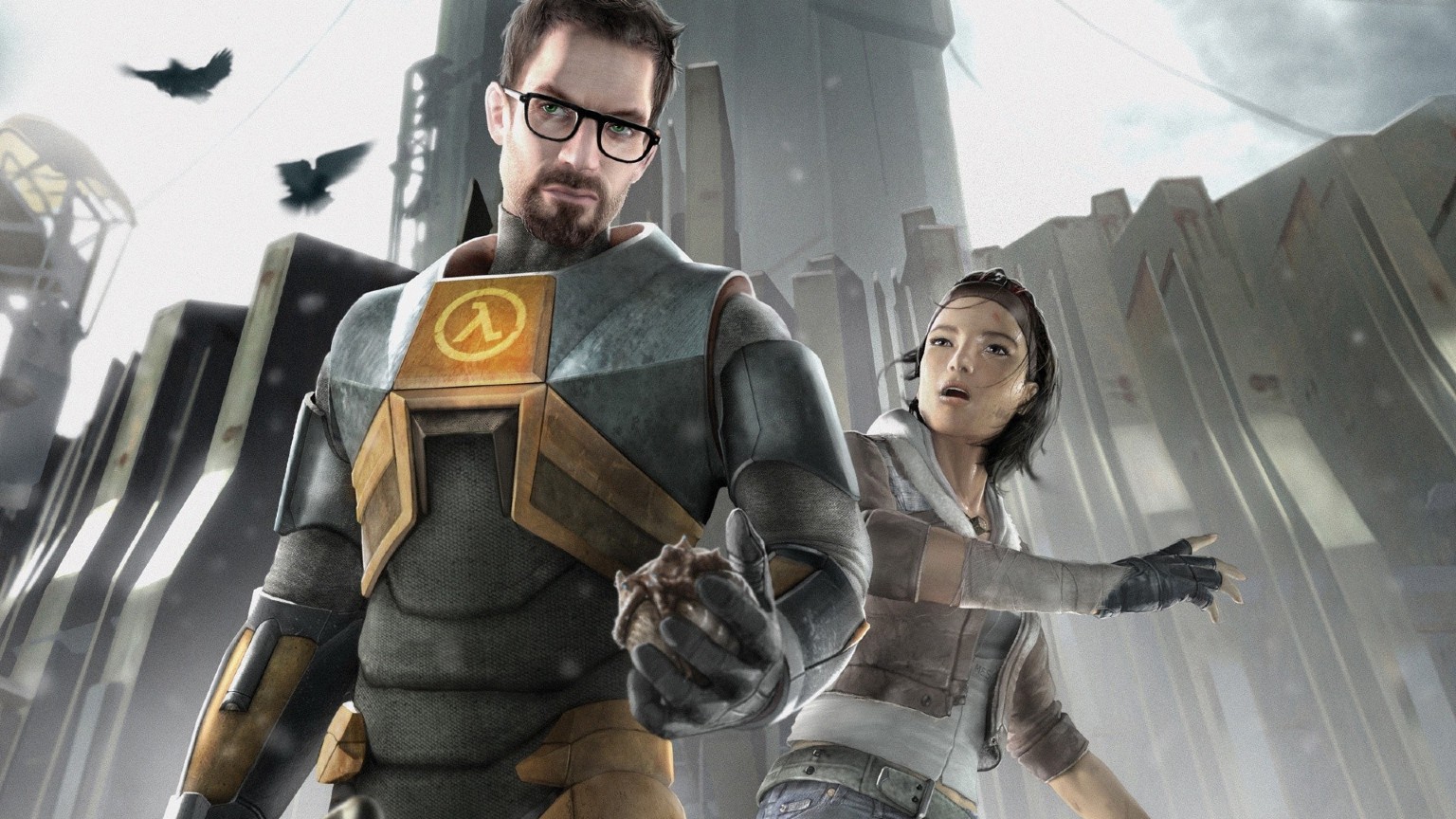
The Source engine’s physics allowed for innovative gameplay, like the Gravity Gun, and puzzles involving floating objects, levers, and weight. It also improved how characters interacted by making facial expressions and lip movements more realistic during scenes. The game carefully guided players through different experiences – from city fights to vehicle sections and leading a team – to introduce new mechanics at a good pace. Finally, Steam made it easy to keep the game updated, track achievements, and share community-created content, setting a new standard for PC shooters.
Share your personal top five in the comments and tell everyone which entry you still play today.
Read More
- Bitcoin’s Ballet: Will the Bull Pirouette or Stumble? 💃🐂
- Can the Stock Market Defy Logic and Achieve a Third Consecutive 20% Gain?
- Dogecoin’s Big Yawn: Musk’s X Money Launch Leaves Market Unimpressed 🐕💸
- Deepfake Drama Alert: Crypto’s New Nemesis Is Your AI Twin! 🧠💸
- LINK’s Tumble: A Tale of Woe, Wraiths, and Wrapped Assets 🌉💸
- SentinelOne’s Sisyphean Siege: A Study in Cybersecurity Hubris
- XRP’s Soul in Turmoil: A Frolic Through Doom & Gloom 😏📉
- Binance’s $5M Bounty: Snitch or Be Scammed! 😈💰
- Ethereum’s $140M Buy: Will It Save Us? 😱
- ADA: 20% Drop or 50% Rally? 🚀💸 #CryptoCrisisComedy
2025-11-12 11:47